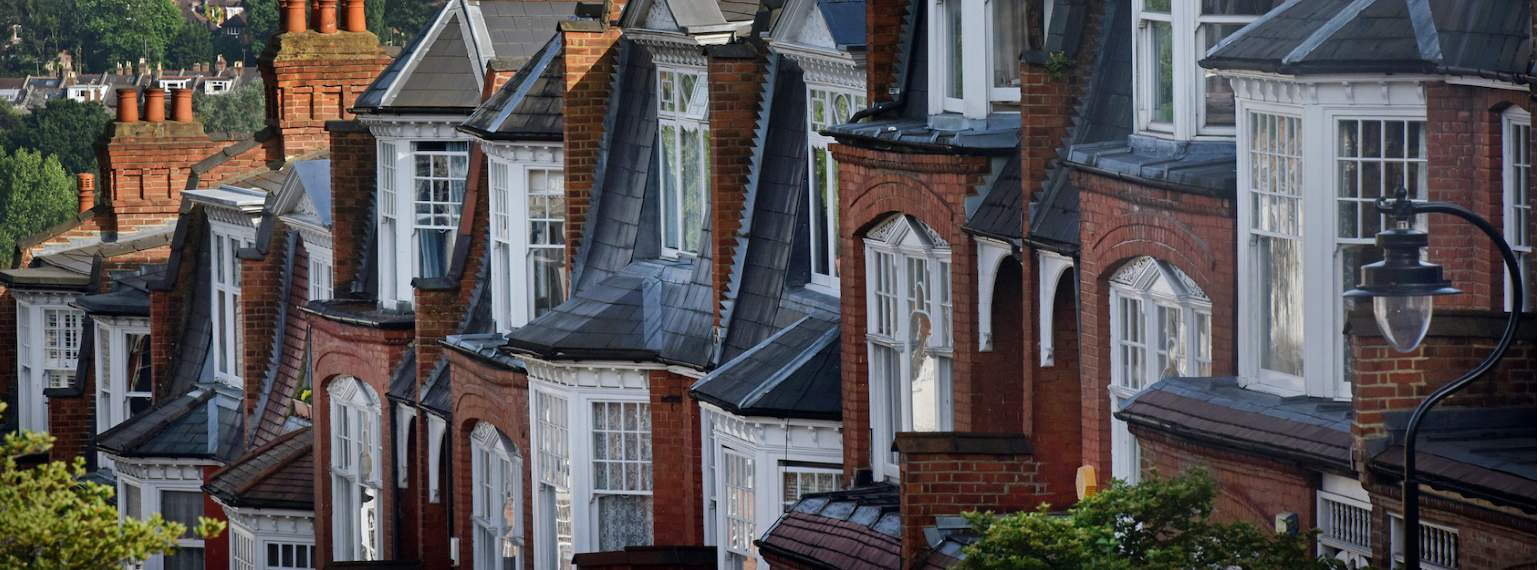You won’t need reminding that back in the noughties house prices were on a rollercoaster. Ten years and 10 housing ministers later, at a national level, things have quietened down significantly with nominal house price growth of 34 per cent vs the previous decade’s 117 per cent, according to Nationwide Building Society.
As ever with house prices though, it’s all about location. The average value of a London home has risen by 72 per cent – that’s more than £55 a day – since 2009. The star performer is Waltham Forest, the only local authority area in the UK where the average house price has doubled in a decade.
At the other end of the spectrum, growth of just five per cent has added a modest £1.74 a day to the average value of property in the North East, close to what it costs motorists to take the tunnel under the Tyne.
These gains are averages, of course, and fortunes have run in three distinct phases over the last 10 years. Up until June 2013 there were price falls in Scotland, Wales and the North while London and the rest of England saw values climb.
The next three years brought growth across the board, albeit characterised by a clear north-south divide. Again, London led the way with an average daily price rise of more than £130, in marked contrast to the North East (£9.47), Scotland (£12.00), Wales (£15.52) and Yorkshire and the Humber and the North West where the average house price grew by around £17 every 24 hours.
From June 2016 onwards, post-EU referendum sentiment has dominated and a slowdown in the capital has resulted in a reverse ripple through the commuter zone. In this latter period, the average London home has gained just 26p a day compared with the North East’s £6.19 and nearly £23 in the East Midlands.
Across the UK, there are only four local authority areas where prices have fallen since the beginning of the decade – Aberdeen, County Durham, Hartlepool and Dumfries & Galloway. Beyond London, the strongest house price growth has been seen in Cambridge with a 77 per cent rise.
London’s worst performing area, meanwhile, was Hammersmith and Fulham but, despite coming bottom of the capital’s leader board, prices have still risen by 53 per cent. Proof, if it were needed, that everything is relative.

.jpg)
.jpg)
.jpg)
.jpg)
.jpg)
.jpg)

.jpg)
.jpg)
.jpg)